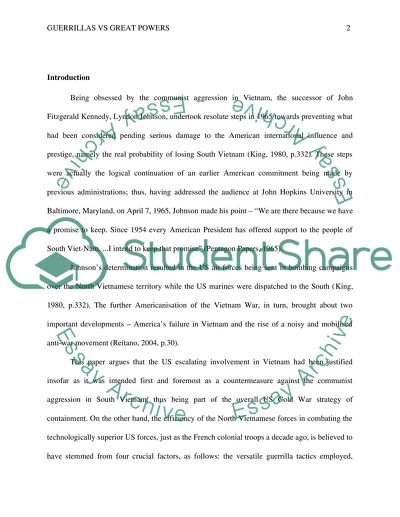Cite this document
(“HIS 352 - Project 2 US Vietnam War - Persuasive Essay”, n.d.)
HIS 352 - Project 2 US Vietnam War - Persuasive Essay. Retrieved from https://studentshare.org/history/1476382-his
HIS 352 - Project 2 US Vietnam War - Persuasive Essay. Retrieved from https://studentshare.org/history/1476382-his
(HIS 352 - Project 2 US Vietnam War - Persuasive Essay)
HIS 352 - Project 2 US Vietnam War - Persuasive Essay. https://studentshare.org/history/1476382-his.
HIS 352 - Project 2 US Vietnam War - Persuasive Essay. https://studentshare.org/history/1476382-his.
“HIS 352 - Project 2 US Vietnam War - Persuasive Essay”, n.d. https://studentshare.org/history/1476382-his.


